New landscaping technologies worth recommending (I)
1. Use root control container seedlings
The root control rapid seedling container is a new rapid seedling technology that regulates root growth. It has a unique effect on preventing root rot and taproot coiling. The root control container can make the lateral roots thick and short . No coiled roots will be formed, overcoming the defect of root coiling caused by conventional container seedling cultivation. The total root volume is increased by 30-50 times, the survival rate of seedlings reaches more than 98%, the seedling cycle is shortened by half, and the management workload after transplanting is reduced by more than 50%. In addition to making the seedlings have a strong root system and vigorous growth, this container has obvious advantages, especially for the cultivation and transplanting of large seedlings, seasonal transplanting, and afforestation under harsh conditions. It can solve the following technical problems :
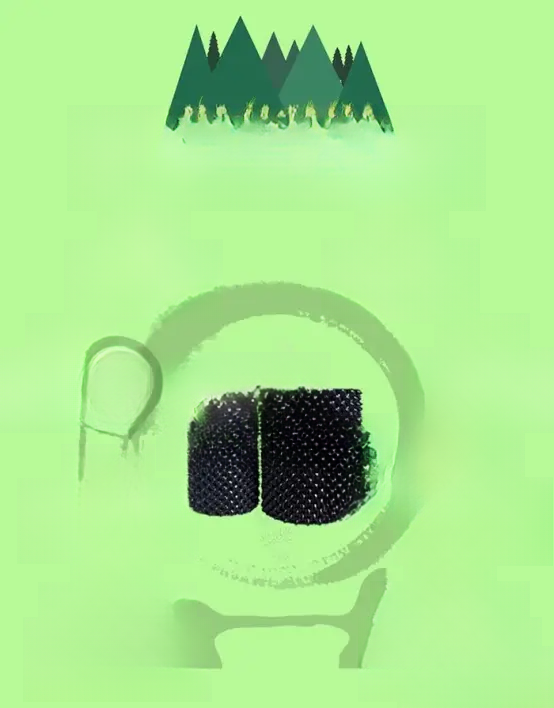
1. Technical difficulties in transplanting large forest seedlings with full crowns
Conventional large greening seedlings transplanting, all need to be cut off the branches and crowns, otherwise it is difficult for them to survive. The root control rapid seedling raising technology uses a special seedling raising container to control the growth of the main root system, promote the rapid growth of capillary roots, form a thick and short developed fibrous root system, and the number is large, the root system is well nourished, the tree grows vigorously, and there is no need to raise the seedlings, cover the roots, behead, cut branches, or pick leaves during transplanting. It can completely transplant large seedlings with full crowns, and is known as a movable forest.
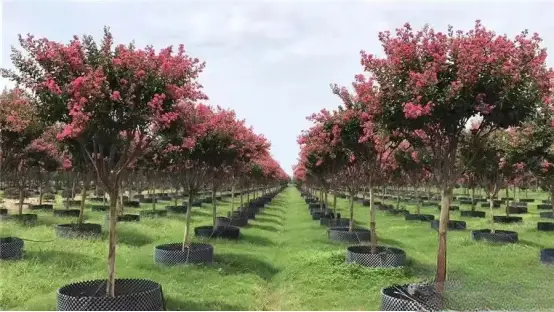
2. Technical difficulties in survival rate
The uniquely designed root control container not only has good air permeability, but also has the unique effect of preventing root rot and taproot entanglement. Combined with the dual function of the special root control matrix, the water and fertilizer conditions required by the seedlings are well controlled. The root control container is easy to disassemble and does not damage the roots during transplanting, so the transplanting survival rate can reach 100%. Moreover, the later management costs can be reduced by 50-70%.
3. Technical difficulties in transplanting in all seasons
The seedlings cultivated with this technology will not rise, their roots will not be damaged, and they will not lose water. The detachable root control containers are easier to transport and carry over long distances, which is economical and convenient. They can be transplanted in all seasons and have a high survival rate.
4. Solved the technical problem of rapid renewal of orchards
It takes at least 5 years to renew an orchard . The root control seedling technology can be used to grow seedlings on vacant land. Within 2-3 years, the seedlings can reach a ground diameter of about 4 cm and a crown diameter of more than 1 meter. They can bloom and begin to bear fruit in small quantities. When transplanting, the roots will not be damaged and the seedlings will not be replaced. They will bear fruit in large quantities the following year. This can ensure that the income of fruit farmers does not decrease during the orchard renewal period, while ensuring the purity of the seedling varieties.
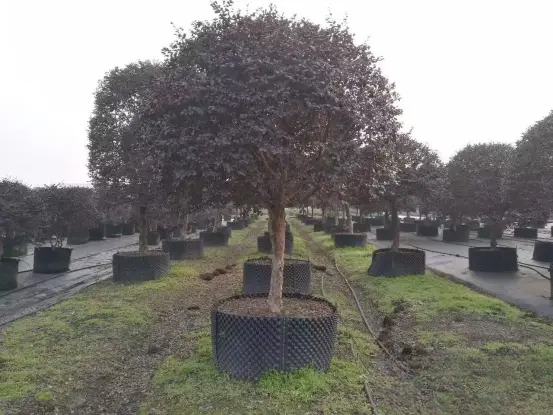
2. Use planting bags for seedlings
Root Control bag, also known as Planting green bag, can create a natural root removal effect and has high transplantation efficiency. Australian non-woven polypropylene ( non woven polypropylene) has the best water permeability and air permeability, and can effectively control the growth of plant roots and can naturally remove roots.
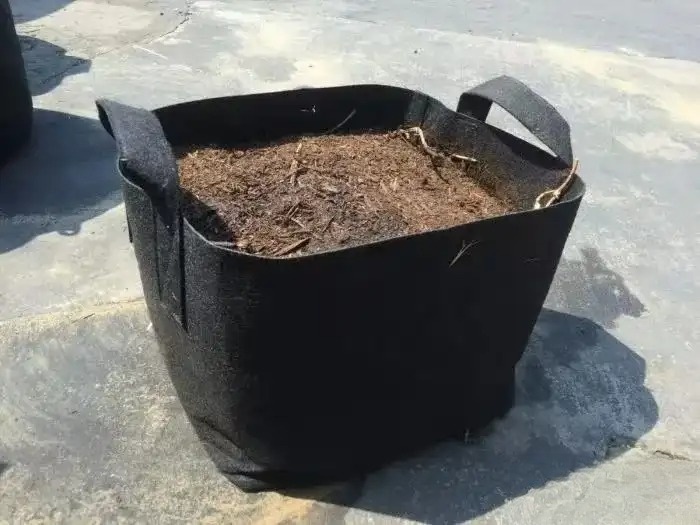
1. The roots are not easy to grow in a circle: because the special reinforced polypropylene material wall allows some roots to penetrate, and then limits the root growth and thickness, the fibrous roots develop well, there is no root entanglement phenomenon, which is no different from field planting.
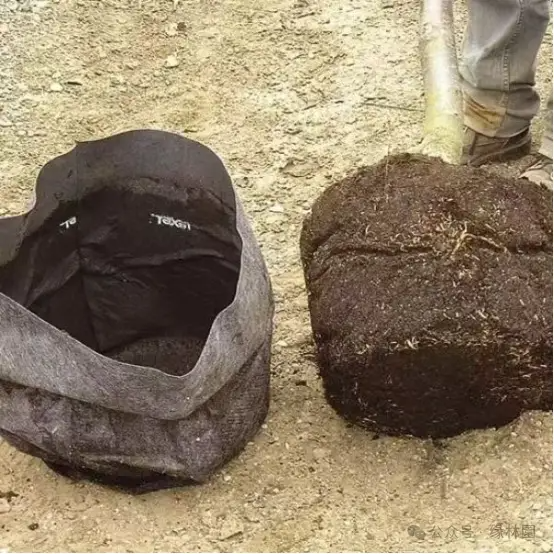
2. The soil ball is small and not easy to loosen: Because this system preserves a large number of fibrous roots in the bag, the soil ball is smaller than the traditional method, and the soil ball is not easy to loosen during transplantation, especially for trees planted in sandy soil.
3. Transplantation is quick and easy and the transplantation season is greatly extended: The roots of trees planted in this planting bag do not grow downwards, and only a few lateral roots that pass through the side reinforced polypropylene material need to be cut off for transplantation. Only a few lateral roots need to be cut off with simple tools to transplant the trees. Because more than 80% of the roots are planted in the bag and will not be damaged, they can be transplanted basically all year round.
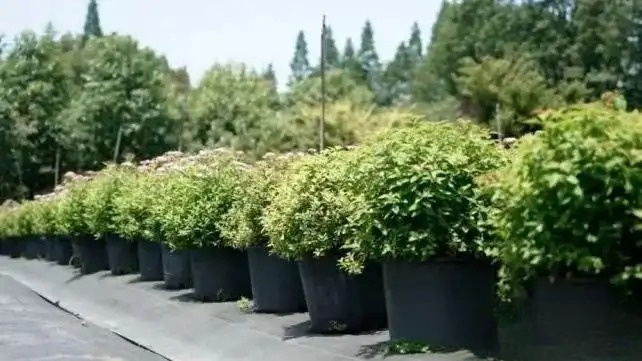
4. Can reduce multiple costs:
Cultivation cost - Compared with container cultivation, the cost is much lower, no expensive potting soil and irrigation equipment are required, and it is more labor-saving.
Packaging cost - After harvesting, this planting bag can be used as a container for packaging soil balls, and no additional packaging is required to reduce costs. Please note that when planting at the construction site, the planting bag must be removed first.
Transportation cost - Because the root system is intact and nutrients are accumulated in the bag, the soil ball can be reduced by about 25% compared with the soil ball for traditional tree planting, or in other words, larger trees can be planted with the same soil ball size. Secondly, this new bag product has four additional carrying rings, so the transportation cost can be reduced a lot.
Transplantation cost --No skilled workers are needed to uproot and transplant, ordinary workers can do it.
Maintenance cost --The survival rate after transplantation is high, which can save future maintenance costs.
The above items show that this bag has lower cost and higher benefits than traditional field planting or container planting (plastic pots or wooden boxes). It also avoids digging ceramic soil, protects the environment and soil, saves energy for firing ceramics, and complies with energy conservation and carbon reduction policies; it is small in size, light in weight, corrosion-resistant and mildew-proof, and is conducive to operation, storage, sales and transportation.
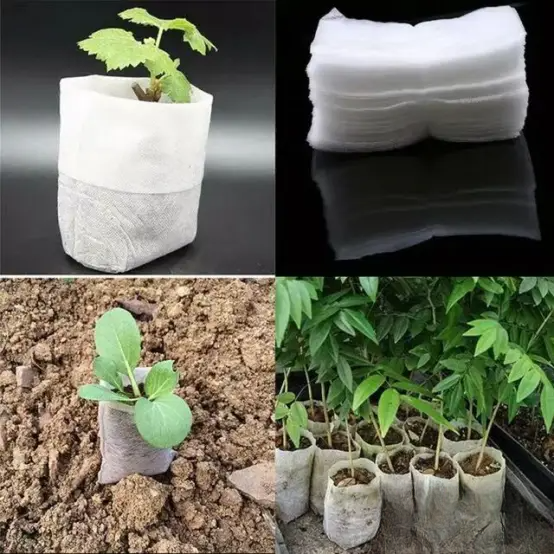
5. Transplant survival rate and quality are greatly improved
According to a recent study by Michigan State University in the United States , when trees are transplanted in traditional field planting, up to 98% of the roots are cut off. However, more than 80% of the roots of this bag can be transplanted with this beautiful planting bag, and carbohydrates (nutrients) can be accumulated and stored in the roots. After transplantation, new roots develop and grow rapidly, thereby reducing management costs after transplantation to the project site. Therefore, there is no need to drastically trim branches and leaves before transplantation, and the quality of the tree shape can be improved.
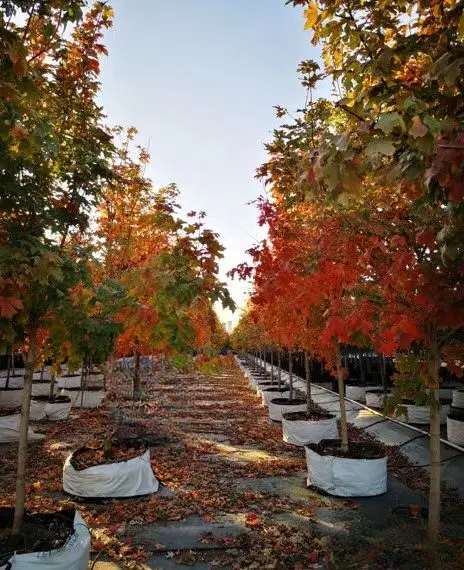
6. Convenient and fast operation
The spacing between seedlings can be adjusted at any time according to their growth conditions to facilitate shaping and pruning. Direct transplantation and planting does not require repotting, which is environmentally friendly and convenient, saving packaging time and labor costs for seedling removal, greatly reducing transplantation and transportation costs.
The above advantages show that using planting bags to produce seedlings is the most advanced trend at present. It will be of great benefit to producers. In addition, it also has many other uses, such as recycling sample house plants in gardening.